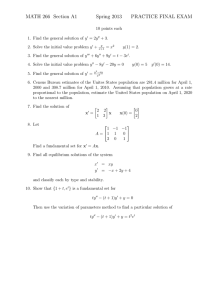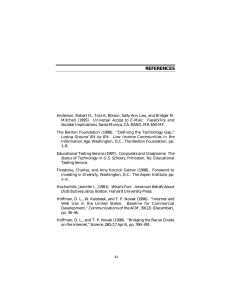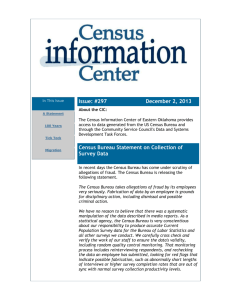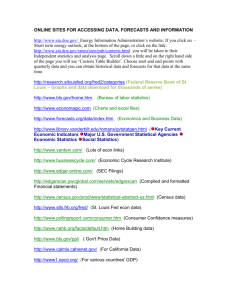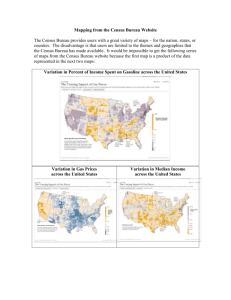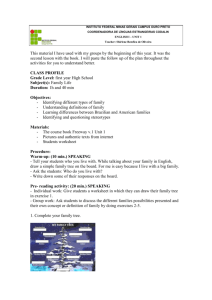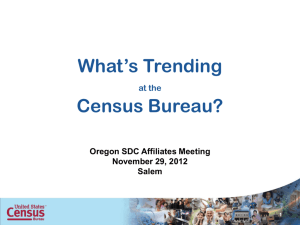Human Population Growth
advertisement
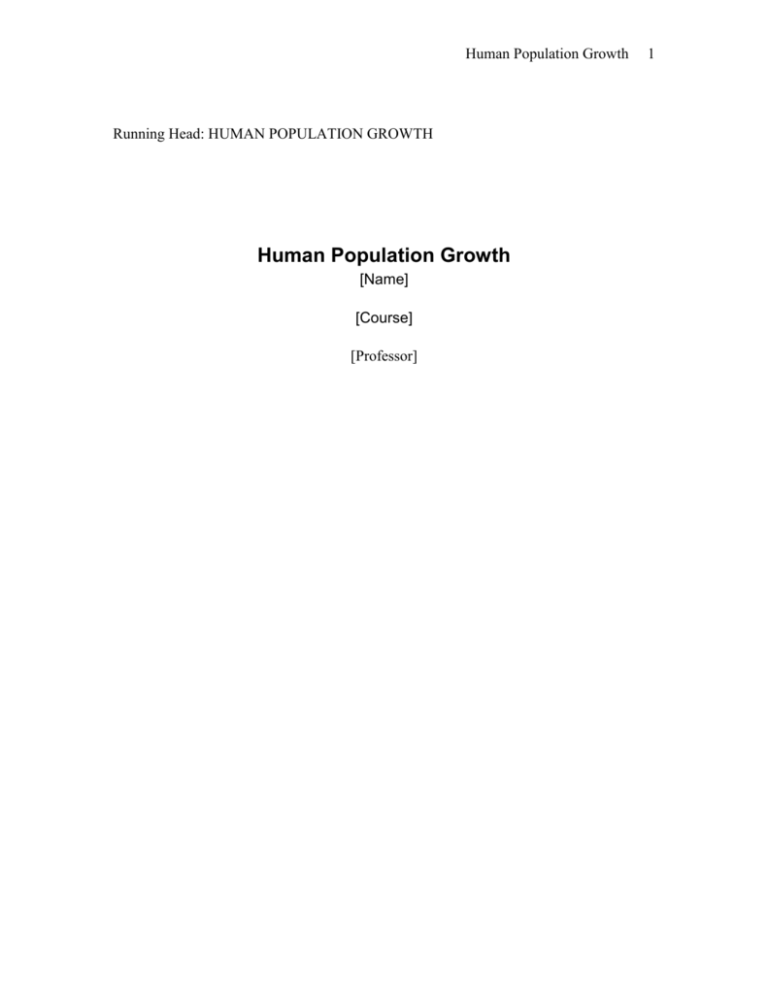
Human Population Growth Running Head: HUMAN POPULATION GROWTH Human Population Growth [Name] [Course] [Professor] 1 Human Population Growth 2 Assignment What is the current estimate of the worldwide human population at this moment? Describe how this number is changing moment-to-moment, day-to-day, and from one year to the next. Describe how the human population growth issue has and will impact the ecosystem. Cite all references in APA format Human Population Growth There are several different estimates of the current world population, which vary slightly based on some assumptions about population estimates in different countries. Most census data for various countries is at least two years old (and may be older). Population models have to account for growth since that data was collected. They also have to adjust for some errors in that data (miscounts, birth and death rates, migration, etc.). Given the variability of the base numbers and the differing estimates of errors, it is not unexpected that there are slightly different numbers. According to the US Census Bureau’s International Data Base (IDB) population clocks, at 17:05 GMT (EST+5) Feb 13, 2009, the world population was World 6,760,296,593. Thirteen minutes later, at 17:18 GMT (EST+5) Feb 13, 2009, the Census Bureau’s world population estimate was 6,760,298,598. Human Population Growth 3 That means, that in just 13 minutes, according to the US Census Bureau, about 1,005 more people existed on Planet Earth, or births outnumbered deaths by that number. Depending on the source of the estimate, there is a net gain of up to 10,000 people each hour, or about 3 per second. Sometime in 1999, the world population passed 6 billion people. Exactly when that happened can’t be known, as we don’t have a count of every single person on earth – and who has just died and just been born. The Census Bureau estimates that the 6 billion mark was reached on April 21, 1999, at about 1:40 PM GMT. They warn, however, that the estimate will surely change as they get additional data from census counts, birth and death rates, and related information. In a year from now, given an estimated net growth rate of 1.3, about 81 million people more people will be alive than now. That means the global population will be in the neighborhood of 6,841 million people (or about 6.8 billion people.) The impact on the ecosystem of this many people can be dramatic. Humans consume large amounts of food – and alter landscapes to produce that food. Greenhouse gas emissions from farming activities, including the burning of fossil fuels and methane production from animal wastes, have a major impact on climate change. Plant and animal species are displaced by food production (farming, fishing, hunting), and many species are driven to extinction. The question of how many people can the world ecosystem support is very relevant. The world carrying capacity is finite, and unless Human Population Growth 4 human population growth levels off (and possibly becomes negative), the planet will not be able to sustain the large numbers of humans – let alone other animal and plant species. Eventually a population crash will come, if human population growth remains unchecked, and food production systems are unable to increase or maintain global food supplies. References: (2009) Population Clock. US Census Bureau. Retrieved from http://www.census.gov/main/www/popclock.html (2008) Population Clock. World Population. Retrieved from http://www.ibiblio.org/lunarbin/worldpop
